Raphaël Navot, Designer of the year
Published on 10 November 2022
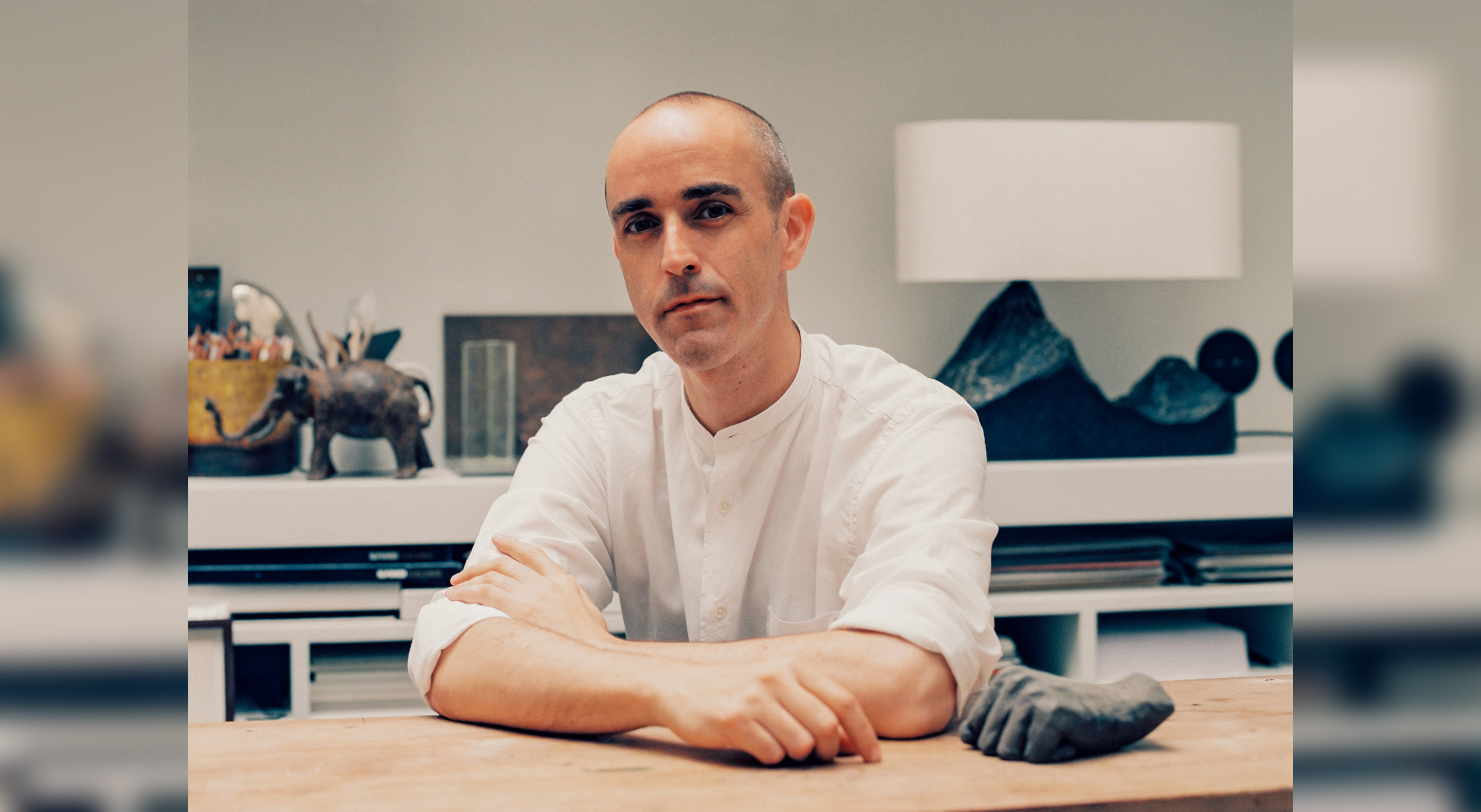
For each show, Maison&Objet announces a recipient of its esteemed Designer of the Year Award. This is intended to recognise and celebrate the work of a designer who demonstrates exceptional talent and skill in the international design and decoration scene. Maison&Objet is pleased to announce that Parisian-based Raphaël Navot is the recipient of the Designer of the Year Award for this January 2023 edition.
Raphaël Navot, who is a non-industrial designer, will showcase The Apothem Lounge for the duration of the trade fair. This immersive installation is designed to “portray a visual emotion”, through the curation of an open structure that will rapture people with light and texture.
Raphaël Navot was born in Jerusalem (Israel) in 1977. In 2003 he received a Bachelor’s degree in Conceptual Design from Design Academy Eindhoven, after which he settled in Paris, embarking on exploring the disciplines of design and interior architecture. Subsequently, his portfolio is a rich spread of multi-disciplinary projects that showcase French craftsmanship and skill, ranging from examples of hospitality interiors to both bespoke and commercial product design. He worked with David Lynch on the Parisian nightclub Silencio (2011), collaborated on the production of a highly technical line of end-grain flooring for Oscar Ono (2016), and created a collection of 12 families of furniture - from sofas and tables to rugs and lamps - for Roche Bobois (2018).
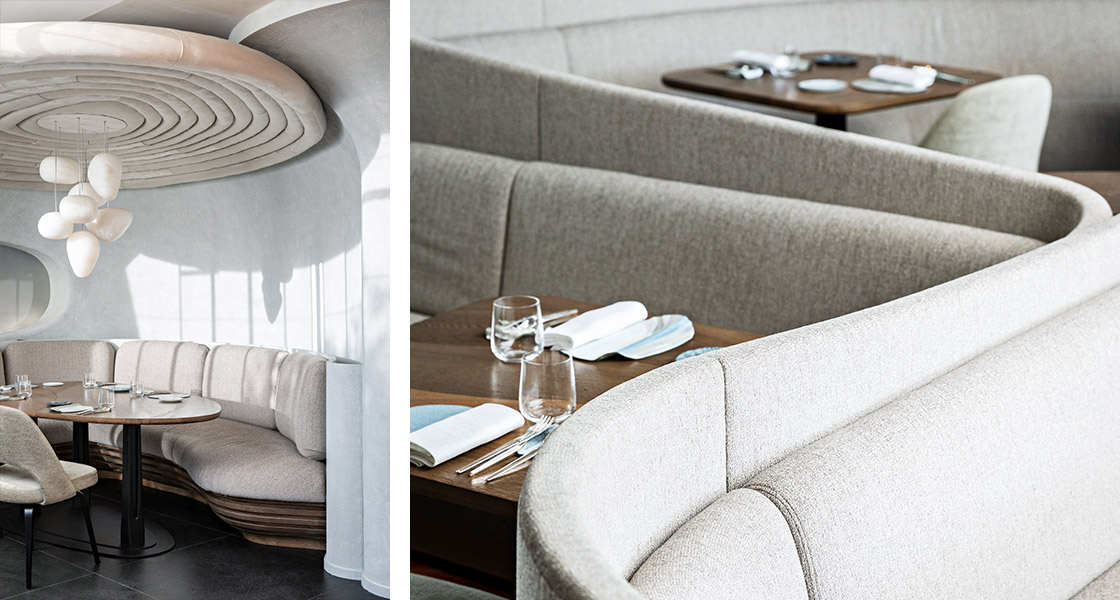
However, it is his work on the Hôtel National des Arts et Métiers (2017) that has possibly been the most significant endeavour for the designer so far. He unveiled this past year the continuation of his furniture collaboration with Loro Piana, “A Portrait of Comfort” at the Salone del Mobile in Milan and a 50 rooms, 10 private apartments hotel in Cannes, Hotel Belle Plage. Through “On the Same Subject”, his latest work for Friedman Benda in New York, he follows his ongoing collaboration with the gallery and the dialogue between handcraft and the natural landscape. Opening at the end of the year, Dame des Arts will be Raphael Navot’s second hotel located in the heart of Paris.
Your work is often described and critiqued by other people, but how would you describe your aesthetic?
“I am not sure there is a visual manner that can describe my aesthetics, although all of the projects derive from similar values and hopefully establish a uniform style. Natural materials and traditional craft are always present, often bespoke for each project and with certain attributes of organic forms. I often opt to achieve an experience that is somewhat timeless. Timelessness for me is a non-decorative quality that does not refer to trends or certain motives that are associated with a specific period. I often think that good interiors seems SEEM as if they have always been there. I try to avoid using materials that are industrial or simple paints and wallpaper or anything literally superficial as I believe that massive materials age better. I often find my colours in the materials themselves, for example, blues and green can be oxidised copper and bronze, or ochres would be brass and gold. Aside from that, I am convinced that hand-work is indispensable and is very much present in the final result.”

Can you explain your approach and why geology and noble materials are also important to your work?
“I am not in the habit of looking at design magazines or following trends so I’m not necessarily aware of exactly what is ‘out there’, but I do research a lot before each project, especially about psychology and natural sciences as I believe that these are the fields that eventually affect and inspire design as much as they affect architecture and music. The natural world is incredibly rich and has surpassed any imagined design possible. It is a great source of knowledge for me. Another source is the artisans themselves as they are the closest to the material and the accumulated knowledge. The reason why I am so involved in the making of the pieces is to benefit from these encounters and to learn about the limits and advantages of each craft. My academic education is closer to a form of design philosophy. Learning to ask the right questions and clarify intention is more valuable to me than trying to reach a visual goal with conviction.
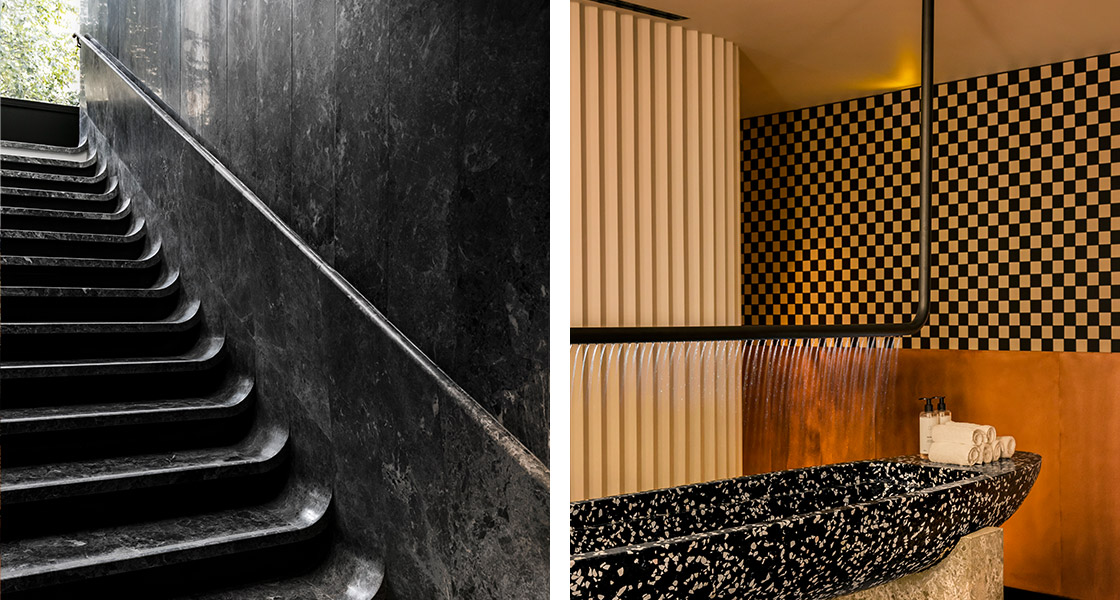
Can you tell us about your breakthrough projects?
“Breakthrough in my field relates to the first recognition although it does not always stand for the conceptual maturity that happens in parallel. The first known project I worked on was Silencio in collaboration with David Lynch. When looking back, I do recognize the usage of natural materials and already back then the integration of traditional and local crafts. However, in terms of concept, my first real breakthrough was Hotel National des Arts et Métiers as it encompasses so many aspects of what I have continued doing until today.
I had full independency with a very brave and liberal owner that was entirely sensible to shift the attention of the guest back to what I then stated as The Natural Future. We had a very large team, a healthy budget and a lot of time, all of which are rare a precious for any type of construction.
It helped me as a designer to manifest collective ideas and to integrate artisans that have a vast knowledge of stone carving, raw linen weaving, mineral wall textures and Eiffel-type iron mechanism. The proximity to the archive national of the arts and crafts made this a very joyful coïncidence."
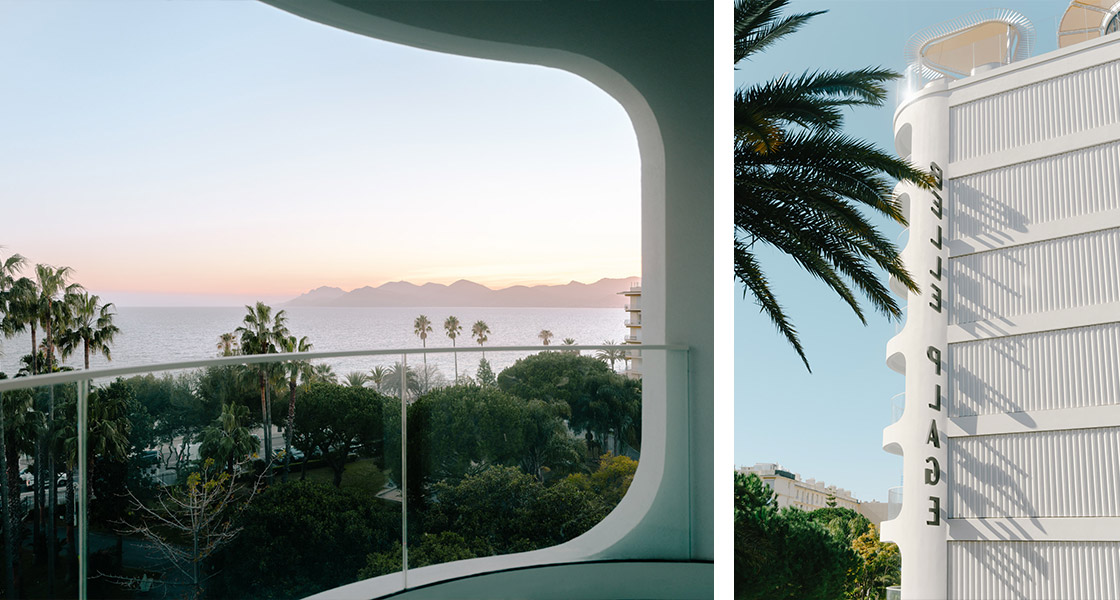
I believe one can work independently nowadays without the need to belong to a structure or an institution. Collaboration between independent partners is what I think make balanced and exciting projects. I admit to the challenges of independence and the potential lack of security but I also prefer the idea that each partner is responsible for their part. It makes the process somehow more awakened. If I were to hire a permanent team, I would be constantly concerned about the obligation of ‘feeding the machine’ and I might have less flexibility in changing types of projects as a team sometimes become too familiar. I am certain that these structures are essential and can not be fitting all designers, but intuitively I have a fear of losing the time to design and draw and I require certain liberty to protect that.
Working with executive architects is another challenge I embrace each project as they are the ones with the proper architectural education and responsibility, although I’ve learned that sometimes it is an advantage not to know all the rules as they can certainly confine one’s creative mind. It happens often that we come across an engineer or manufacturer that is stating certain things to be impossible only later to discover that it is possible, it is just outside our comfort zone. Unlearning is often more difficult than learning and it is important for me to keep certain naivety intact in order to ignite again and again imagination.
I put the guest in the centre of my work. The one who will experience the scenography and will merge into this specific mood is the most valuable person in the project. I try to assert comfort and natural flow and hopefully to ease both body and mind in a welcoming surrounding.
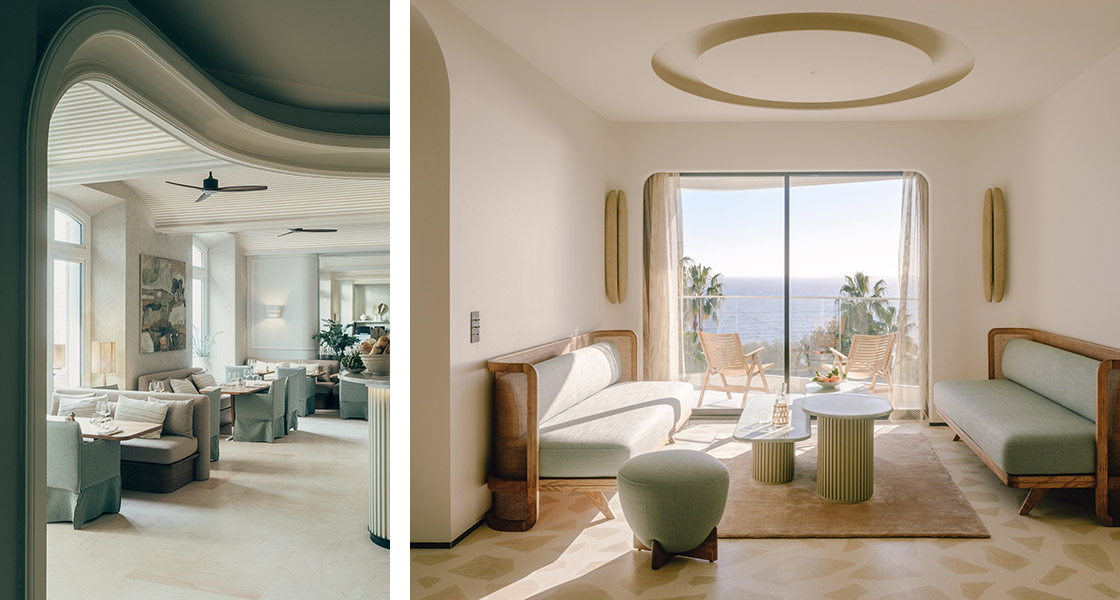
I love the idea of teaming with brands because you tap into a story, but I need to understand and endorse their story first. I think what was interesting for me with Roche Bobois is the fact that it is a French brand that works internationally and produces in Europe with high-quality and natural materials. The collaboration with them was extremely pleasant as they have incredible contact with so many artisans and manufacturers. Working on such scale was very exciting as the possibility of manufacturing is very different than working with a gallery. We did however maintain the principle of massive wood, leather and traditional shades as well as introducing 3d printing and mineral pastes. This collection is called Native and is focused on corporal comfort ”
What kind of projects are you focusing on now, and why?
“I avoid working on retail and private residences as I find myself more limited to the decorative element rather than telling a story. I learned that when there is a true context to the location of the project the concept flows naturally and I am enriched by the history. I’m focusing on hospitality, which I is open to the public. It could be a hotel, a restaurant, a gallery or a library as long as it is a place where people can come together and have a shared experience.
The experience of interior design is like stepping into a scenography. You are a guest in a story. »

The Apothem Lounge
“The Apothem Lounge, which is the project I have designed for the upcoming edition of Maison&Objet, will be an immersive installation of light and textures that portrays a visual emotion. This large circular hall is designed to invite its guests to experience interiors regardless of its functionality or context. Just like a theatrical stage where the guests are the actors in a scene. Interior design is a form of scenography, it is made to set up a mood. This mood will be brought to the guests through light, colours, comfort, and many other elements that are responsible for the experiences that might occur in this particular interior.” The installation will feature partners I work with, and whom I have worked with to successfully deliver many of the mood settings of my previous interior projects. For this occasion, having the privilege of no client, no context, and no destined functionality, allow us to step into a more imaginative realm and make an interior that is perhaps… unlikely. The circular hall is protected by two layers of curved walls, allowing guests to come in or out through its 12 portals. It is an open architectural structure, a simplified maze that allows both liberty and intimacy.
Maison&Objet Paris - Jan. 2023 - Hall 7